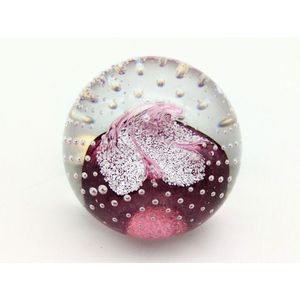
Caithness Cranberry Swirl Paperweight with Controlled Bubble Work
Caithness paperweight, cranberry swirl interior with controlled bubble work, etched signature to base, height 7 cm

Limited Edition Caithness Scottish 'Ice Princess' Paperweight in Midnight Blue
Caithness Scottish paperweight, limited edition 'Ice Princess' in midnight sky blue with polished windows revealing princess, height 9 cm, depth 8 cm
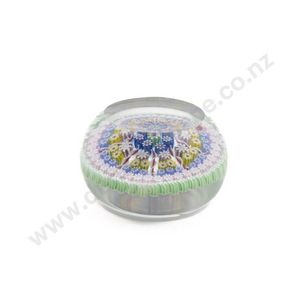
Millefiori Glass Paperweight: Flattened Top Design by Caithness
Caithness glass paperweight, millefiori design with flattened top
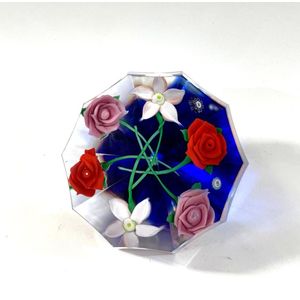
Caithness Glass Scotland Elizabeth Rose Paperweight - 8cm Diameter
A Caithness glass, Scotland Elizabeth rose paperweight, in original box, diameter 8 cm
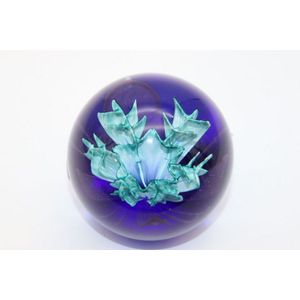
Signed Caithness Floral Illusion Paperweight, 1991
Caithness 'Floral illusion no. 54' paperweight, C.1991, signed Collectors paperweight

"Whiskers" Art Glass Cat Paperweight
Caithness 'Whiskers the Cat' art glass paperweight marked to base, height 11 cm

Caithness Glass Paperweights - Collectors Club 1977 & Millefiori Pattern
Two boxed Caithness glass paperweights Collectors club Christmas weight 1977, limited edition 405/500, the other a millefiori pattern
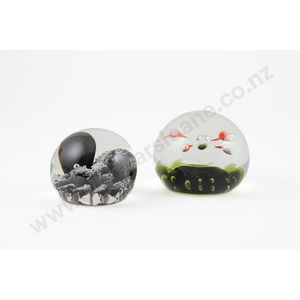
Caithness Glass Paperweights: Fire Dance & Genesis (with Certificates)
Two boxed Caithness glass 'Fire dance & Genesis' paperweights both with certificates, Genesis number 289/500
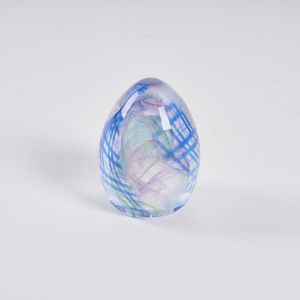
Caithness Art Glass Paperweight with Acid Etched Mark, 9.5cm
A Caithness art glass paperweight, acid etched manufacturers mark to base, height 9.5 cm

Caithness Exotica Paperweight
Caithness Scotland paperweight, superb internal tri colour floral detail with stamen, titled 'Exotica' no. 69-100
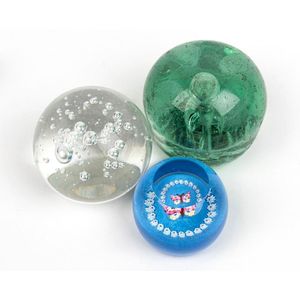
Glass Paperweight Collection
A collection of glass paperweights, including a Caithness miniature butterfly and a glass dump, the largest 7.5 cm high

Scottish Latticino Glass Paperweight
Scottish glass paperweight, probably Caithness, of domed form with latticino and ribbonned motifs to interior, in tones of white, green, pink and blue, part label verso, diameter 7 cm
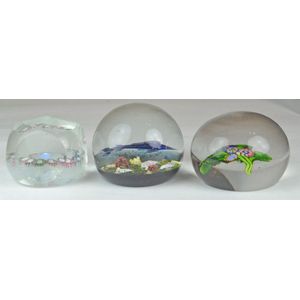
Three Unique Paperweights with Scottish and French Designs
3 x paperweights i.Caithness (Scotland), 'Horoscope' 1/1, signed ii.Caithness (Scotland), 'Blue Marlin' (titled on base) iii.Maker unknown, perhaps Baccarat or Clichy. Depicts a central plant with 'Millefiore' canes as the flowers.
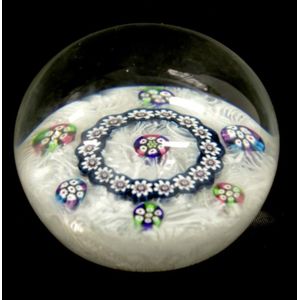
Floral Caithness Glass Paperweight in Original Box
Caithness art glass paperweight with floral decoration, in original box
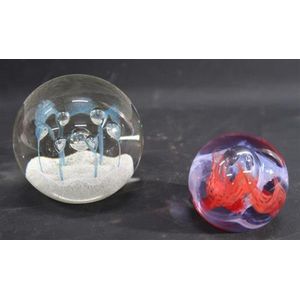
Caithness Glass Paperweights: Mooncrystal & Maydance
Two Caithness, Scotland glass paperweights including Mooncrystal & Maydance
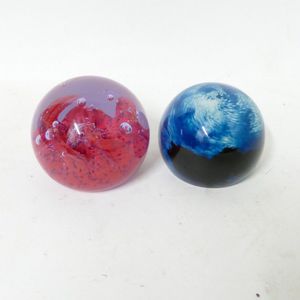
Caithness Glass Paperweights: Inferno and Forest
Two glass paperweights, by Caithness, 'Inferno' and Forest'.
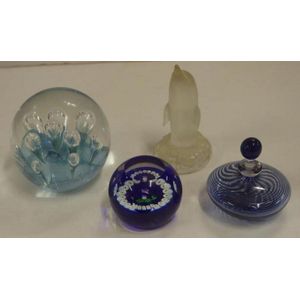
Glass Collection: Thistle, Paperweights, Dolphin & Perfume Bottle
Caithness 'Miniature Thistle' glass paperweight, together with 1 other glass paperweight,a glass dolphin figure, together with a hand blown perfume bottle

Limited Edition Caithness Glass Paperweights Collection
Four Caithness glass paperweights some limited editions

Caithness Glass Trio: Millefiori Paperweights Collection
Three Caithness glass paperweights including millefiori

Floral Bubble Paperweight by Caithness Glass
Paperweight. By Caithness glass floral with bubble decoration paper label to base

Violetta & Pebble Glass Paperweights
Caithness glass 'Violetta' paperweight and another one entitled 'Pebble'

Signed Glass Paperweight Set
Caithness Fascination signed glass paperweight with another signed glass paperweight (2)
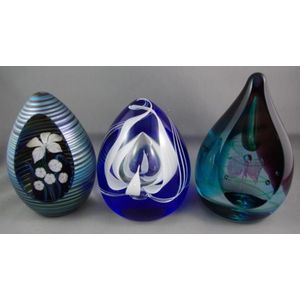
Caithness and Okra Paperweights Set
Two Caithness paperweights, together with a signed Okra No75 paperweight
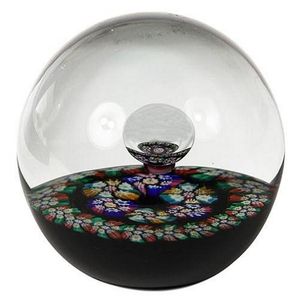
"Millefiori Reflections" Paperweight
Caithness 'Millefiori Reflections' art glass paperweight with the traditional millefiore ring pattern base & a suspended bubble which reflects the image of the millefiore crance, in a fitted silk lined box. Height 8 cm

Silver and Glass Paperweights with Unique Designs
Two paperweights, one silver, one glass, later 20th century, the sterling silver paperweight modelled as a ripe and splitting pomegranate, marked .925 and with additional unidentified mark; the tall domed Cascade Caithness Scotland glass weight with…
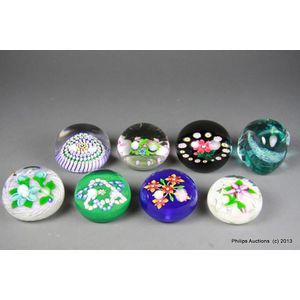
Scottish Paperweight Collection with Floral and Millefiori Examples
A Notable collection of eight Scottish paperweights, later 20th century, a fine selection of floral, millefiori and latticinio examples including three John Deacons' weights, labelled and/or with initialled canes; a Caithness 'Pebble', number B10160m; two…

Caithness 'Royale' Scottish Glass Paperweight - Limited Edition
A limited edition Scottish glass 'Royale' paperweight by Caithness


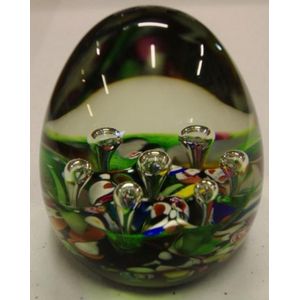


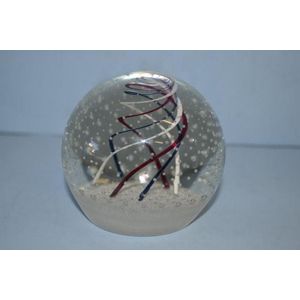




 Loading more...
Loading more...